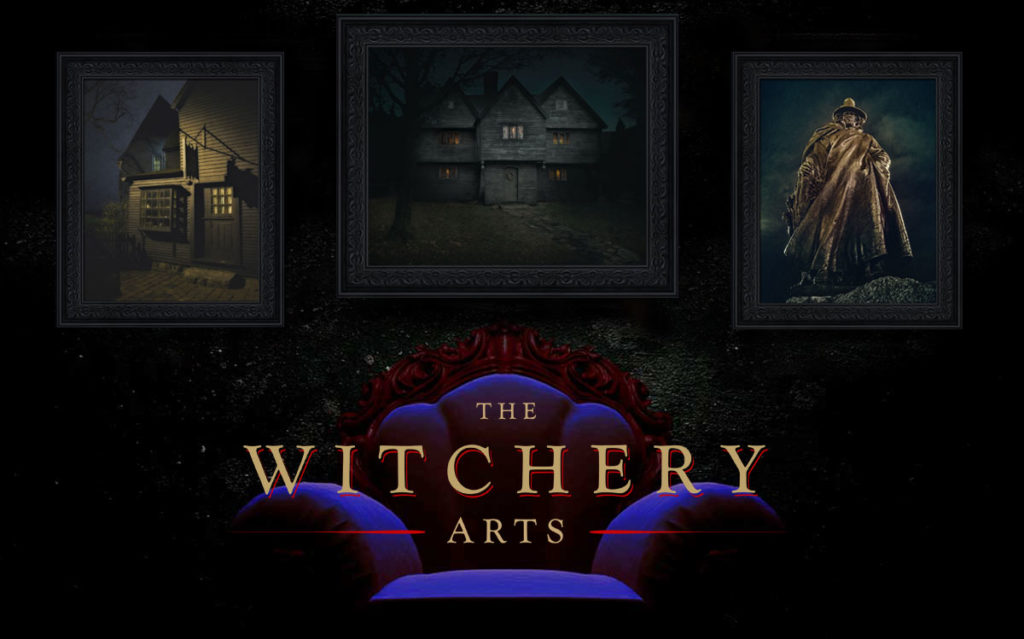It’s approaching Halloween and we have another film based on the legend of Mary Hatchet of Sweet Hollow Road and Mount Misery. Blood Night: The Legend of Mary Hatchet is a hatchet job on the legends, which we look at in detail in this look at one of Long Island’s most popular Urban Legends in the Gothic Cabinet of Curiosities and Mysteries.
The Legends and Myths of Sweet Hollow and Mount Misery: Part III, Research on the asylums of Mount Misery and Sweet Hollow
Legends abound on Mount Misery, perhaps none so popular as those of the asylums which supposedly stood there in the past. Take a look at the facts and decide for yourself, the truth behind one of Long Island’s most famous urban legends, from the Gothic Curiosity Cabinet.
Tales From Head of the Harbor & St. James Part II: What Lies Beneath Mary’s Grave
“You’re certainly in a cantankerous mood today,” Miss Bronwen noticed as she looked out the window of the passing scenery. “And look at you, speeding along at almost sixty miles per hour. But that’s right, you’re in your element now.” I hmmmmphed indignantly and concentrated on the road for a bit. The road was Route […]
Tales From Head of the Harbor and St. James I: New Thoughts on Mary Hatchet and Mary’s Grave
Top: Mary’s Playhouse at Head of the Harbor. Mary lived with her father in a large rambling house on Stony Brook harbor, in what is today known as Head of the Harbor, New York. One can assume that Mary’s father was anticipating a large family, or perhaps more likely, he inherited the house. But either […]





